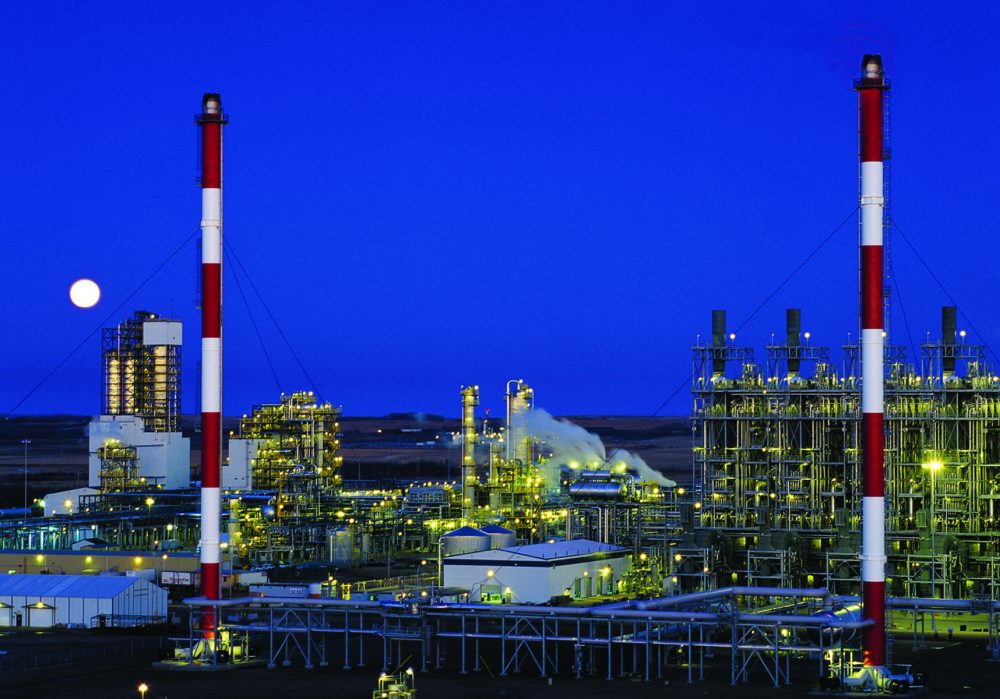Generators must indicate the hazards of hazardous contents,but have flexibility in doing so
To enhance safety and environmental protection, the EPA’s Hazardous Waste Generator Improvements Final Rule, which became effective federally last year, requires identification including the words “Hazardous Waste,” a description of the container’s hazards, and the date the accumulation started on each container.
Previous Resource Conservation and Recovery Act (RCRA) program labeling regulations did not require waste generators to identify the hazards of waste accumulated in containers, tanks, drip pads and containment buildings. This resulted in a failure to communicate risks associated with wastes being accumulated or stored in different locations, which could put workers, waste handlers, emergency responders and visitors at serious risk.
To resolve this issue, the Final Rule stipulates that container and tank labels must now indicate the hazards of such containers’ contents in numerous affected areas. These include areas for waste generator satellite or central accumulation; transfer facilities consolidating hazardous wastes from different generators; and generator container/tank storage areas at treatment, storage, and disposal facilities.
Fortunately, the Final Rule allows ample flexibility in how to comply with this new provision.
For drip pad and containment buildings, the generator can keep this information in logs or records near the accumulation unit.
Waste generators can indicate the hazards of the container’s contents using any of several established methods such as DOT hazard communication, OSHA hazard statement or pictogram, NFPA chemical hazard label, or RCRA characteristic.
Examples of how to indicate the hazards include (but are not limited to):
- The words of the applicable hazardous waste characteristic(s) (i.e., ignitable, corrosive, reactive, toxic);
- Hazard communication consistent with the DOT requirements at 49 CFR part 172 subpart E (labeling) or subpart F (placarding);
- A hazard statement or pictogram consistent with the OSHA Hazard Communication Standard at 29 CFR section 1910.1200
- A chemical hazard label consistent with the NFPA code 704.
According to the EPA, the Final Rule provides waste generators some economic and environmental benefits. For example, it provides flexibility to very small quantity generators (VSQGs) that generate 100 kilograms or less of hazardous waste per month to ship their waste to a large quantity generator (LQG) under the control of the same company.
The Final Rule also addresses episodic generation of hazardous waste. This occurs when a non-routine event, such as a product recall, results in a smaller generator – a VSQG or small quantity generator (SQG) – generating an atypical amount of hazardous waste in one month, triggering more stringent generator regulations. Under the Final Rule, a generator can maintain its usual generator category during a non-routine event and avoid the increased requirements of a higher generator status.
The RCRA waste codes must be placed on the containers before shipping hazardous waste off site to a RCRA permitted treatment, storage and disposal facility, but do not need to be applied before that time.
An electronic system, such as a bar code system, is acceptable as long as the RCRA waste code(s) are tied to the specific container.
States not authorized for the RCRA program like Alaska and Iowa are currently required to comply. RCRA authorized states will be required to adopt the more stringent portions of this final rule by July 1, 2018. If a state law must be changed for adoption then the deadline is July 1, 2019.
Labeling Options for EPA Hazardous Waste Generator Compliance
While indicating the hazards of the container’s contents in various permissible ways, hazardous waste generator labels must also be very durable and remain attached to the container.
So when it comes to printing EPA Hazardous Waste Generator compliant labels, one of the easiest ways to become compliant is for companies to use their existing printers along with appropriate printing software.
For the many chemical manufacturers, distributors, and end users that are already complying with Globally Harmonized System” (GHS) labels for OSHA, this means using GHS labels along with software that utilizes new hazardous waste specific templates.
As an example, companies can use UltraDuty GHS Labels by Avery, a leading label brand in the industrial and office markets. Unlike typical labels, these GHS labels are industrial-grade labels designed to be chemical resistant, tear resistant, abrasion resistant, and constructed with a marine-grade adhesive that is waterproof and passes a 90-day seawater submersion adhesion test.
Using the company’s Design & Print Online Software, available at www.avery.com/ghs, allows employees to create, customize, and print their own hazardous waste labels at their desk from pre-designed, EPA compliant, templates. Most employees find such a process intuitive, since it resembles creating an office document from pre-designed templates.
Printed labels with handwritten (Accumulation Start Date, EPA Waste Codes) or marked hazardous properties (flammable, corrosive, toxic, reactive; along with GHS pictograms) are also acceptable with the Final Rule.
One example of this approach, are pre-printed write-on Hazardous Waste Accumulation Labels by Avery (available in October) that comply with EPA’s new Hazardous Waste Generator Improvement Rule.
The pre-printed labels allow easy selection of the applicable GHS pictograms or hazardous properties along with accumulation start data and content composition.
These help to simplify proper labeling and are compatible with ball point pens and permanent markers.
The labels are waterproof and resistant to chemicals, abrasion, tearing, UV, and their permanent adhesive passes a 90-day salt-water immersion test.
Such labels can work for a variety of hazardous waste generators including VSQG, SQG, LQG, as well as sub-part K (Academic Laboratories).
[See example of a hand writable Avery Hazardous Waste Label that complies with the new rule].
For more info, visit www.Avery.com/GHS.



